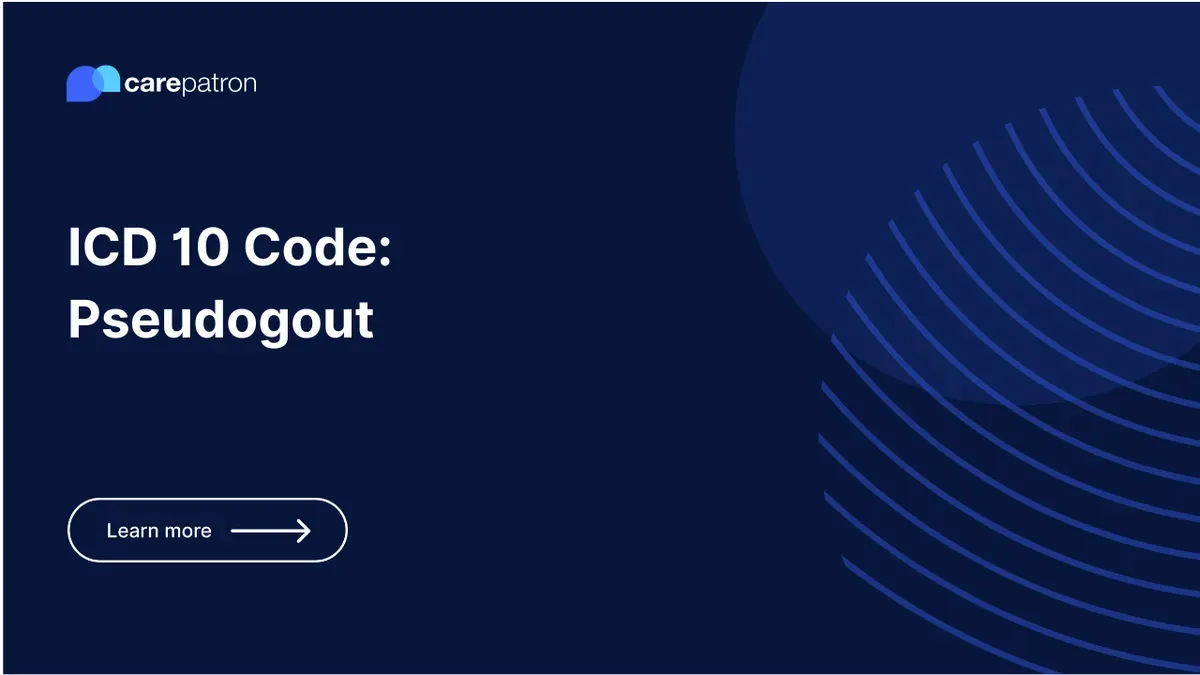
Pseudogout ICD-10-CM Codes
Discover the most used ICD-10-CM codes for Pseudogout in 2023. This guide includes clinical information, billable codes, synonyms, and FAQs about Pseudogout.
Use Code
EHR and practice management software
Get started for free
*No credit card required
Free
$0/usd
Unlimited clients
Telehealth
1GB of storage
Client portal text
Automated billing and online payments
